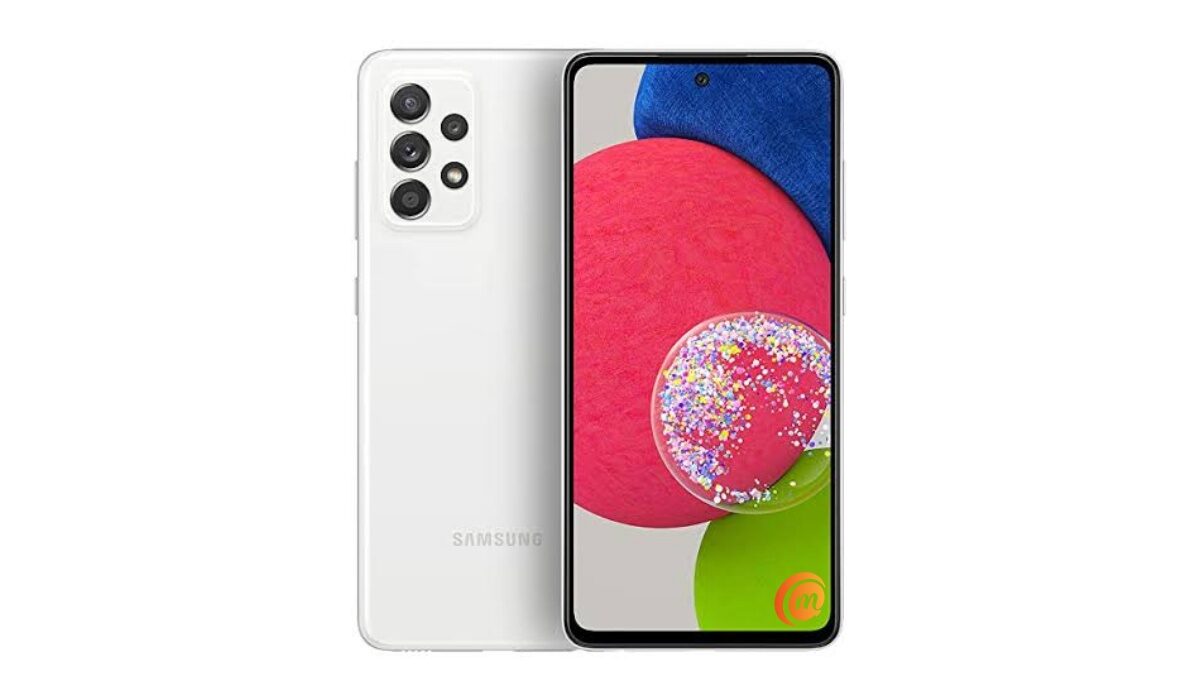The Samsung Galaxy A52s was released in September 2021 and the Redmi Note 11 Pro+ 5G in November 2021. They are just a couple of months apart in terms of release dates. The question now is, What features and specifications do they individually bring to the table, and at what prices? Come with us as we get started.
Samsung Galaxy A52s and Xiaomi Redmi Note 11 Pro Plus 5G: Comparison Table
In terms of specifications, these two 5G budget phones have some similarities and shared features, as well as several differences. Let’s talk about them in greater detail.
Samsung Galaxy A52s and Xiaomi Redmi Note 11 Pro Plus 5G: Similarities
Both phones are fitted with a Super AMOLED screen and share the same display resolution (1080 x 2400 pixels), 120Hz refresh rate, 20:9 aspect ratio, and Gorilla Glass 5 screen protection. Both smartphones were launched with Android 11, and they are both upgradeable to Android 12. Will they get Android 13? Considering Samsung’s official Android update policy, the A52s likely will. There is some uncertainty about the Redmi Note 11 Pro+ 5G. As far as RAM and internal storage is concerned, once again, Samsung A52s and Redmi Note 11 Pro+ are fairly evenly matched, though the Samsung offers more options at the lower end. So, you can get the A52s in 4/128GB, 6/128GB, 8/128GB, 6/256GB, and 8/256GB trims. The Note 11 Pro+ 5G is available in only 6/128GB, 8/128GB, and 8/256GB trims. And it doesn’t end there: another similarity is in battery capacity. Both phones have a 4500 mAh battery. Another feature you will find on both phones are stereo speakers. And lastly, both phones have a shared microSDXC card slot. This means if you want to use a memory card, you have to give up one of the two SIM card slots. Yes; they are both dual-SIM phones. And lest we forget, they are both 5G devices.
Samsung Galaxy A52s and Xiaomi Redmi Note 11 Pro Plus 5G: Differences
The A52s has a slightly smaller display (6.5 inches), against the Note 11 Pro+ 5G’s 6.67 inches. The Galaxy A52s has a 32-megapixel selfie camera at the top of the display, while the Redmi has a 16-megapixel selfie camera. The A52s has an IP67 water/dust rating, so it can handle being submerged in water of up to 1 metre for up to 30 minutes. Its opponent offers only an IP53 rating; it is good to protect the Redmi from splashes, but won’t handle submersion. The back of the Galaxy A52s is made of plastic, which makes it better at handling falls, while that of the Redmi Note 11 Pro+ 5G is made of glass. Glass is more premium, and also more fragile. The A52s has a quad camera configuration, featuring a 64 MP main camera, a 12-megapixel ultrawide snapper, a 5 MP macro camera, and 5 MP depth sensor. In the other corner, the Redmi Note 11 Pro+ 5G has a triple camera, featuring a 108 MP main camera, 8 MP ultrawide, and 2 MP macro camera. It lacks a depth sensor. In terms of processing power, despite both using 6 nm chips, Samsung Galaxy A52s has an edge, thanks to its Snapdragon 778G chip, which delivers a little more power than the Redmi’s Dimensity 920 chip. In layman’s terms, the A52s is the slightly more powerful and more capable of the two devices, in terms of raw processing power. Perhaps the most significant difference between these two 5G mid-range champs is found in the battery charging department. The Galaxy A52s has a paltry 25W fast charging, which will top up the battery from zero to a full charge in over an hour. The Redmi Note 11 Pro+ 5G’s 120 W fst charging will accomplish the same task in about 15 minutes. The Redmi has an infra-red blaster, so you can control your TV, smart A/Cs, and the like. This is a feature that the Galaxy A52s lacks. The Redmi has FM radio, while the Samsung does not. Lastly, we look at the location of the fingerprint sensor on each device. The A52s has it under the display, while the Note 11 Pro+ 5G has it embedded in the power button on the side.
Samsung Galaxy A52s and Xiaomi Redmi Note 11 Pro Plus 5G: Conclusions
A comparison between the Samsung Galaxy A52s and Xiaomi Redmi Note 11 Pro Plus 5G is not a straightforward affair. These competitors are close in many ways, yet have enough differences to have you stumped. The Galaxy A52s gives you more options and price points to play with, starting from just $263 for the 4/128GB trim. That is cheaper than the Redmi Note 11 Pro plus 5G’s lowest variant (6/128GB), but then that also offers less resources and performance than what the Redmi offers. But more options is good. if you cannot afford the 6/128GB trim, you can still get the 4/128GB trim (if it is available in your region).
What do you want? Faster charging? Premium build? Guaranteed Android updates? Infra-red remote control? The variations are too many to declare one device a clear winner over the other. You will simply have to decide for yourself what you want? Which will be your choice between Samsung Galaxy A52s and Xiaomi Redmi Note 11 Pro Plus 5G? You tell us.
Don’t miss our mobile phone reviews.Follow our news on Google News.Join our WhatsApp Group, to be notified of the most important articles and deals,Follow us on Instagram, Facebook, Twitter, and YouTube.


